AI in insurance compliance: How intelligent audit trails reduce E&O exposure
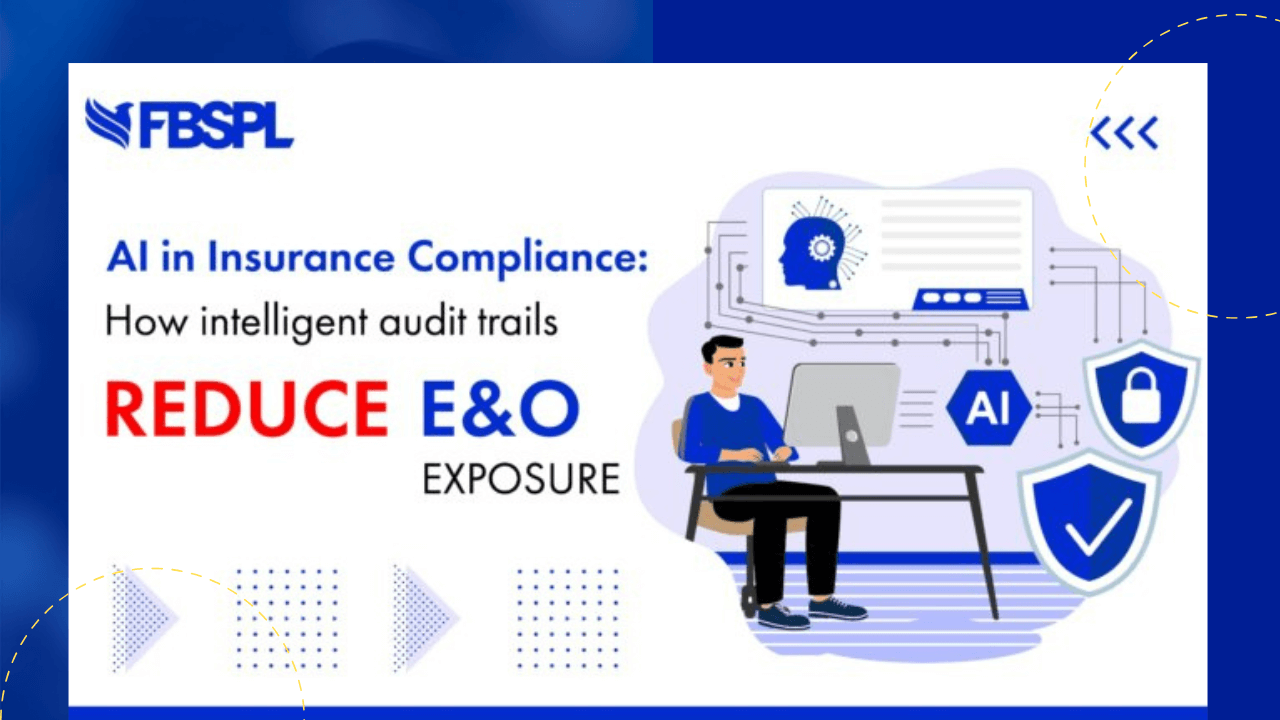
This article is a submission by Fusion Business Solution (P) Ltd.-FBSPL. Fusion Business Solution (P) Ltd. (FBSPL) is a Udaipur, India-based company providing Business Process Outsourcing, management, consulting, and IT services, with operations in New York, USA.
Rising E&O risks won’t wait, discover why AI-powered compliance and the right outsourcing partner are crucial to protecting your insurance business now
Looking at the insurance industry up close, it’s anything but predictable. Picture a claim that slips through with a wrong number, or a compliance guideline that changed last month getting missed in a manual review.
Maybe that’s why so many insurance operations, big and small, find they get stressed when audit season comes around.
Even when everything seems fine, there’s always that one “what if” in the air; what if a detail was missed and now the liability sticks? Picking up the pieces after an error or omission (E&O) isn’t just exhausting; it can devastate a brand.
Digital transformation is sending shockwaves through compliance. And, yes, artificial intelligence (AI) is in the thick of it, rapidly shifting how insurers catch errors, prove processes, and keep ahead of regulations.
In fact, some agencies look to bulk up defenses by outsourcing compliance and digital strategies, seeking partners who specialize in insurance audit automation solutions or even broader full-funnel digital marketing strategy.
This blog will crack open the realities of insurance E&O exposure, highlight the compliance challenges out there, talk about why AI and automation offer a safety net, and share how picking the right help, internal or external, can make the difference between sleepless nights and real security.
Where do E&O landmines hide in insurance?
The funny thing about mistakes is, they’re usually hiding in plain sight. In insurance, E&O headaches often start with a well-intentioned worker, a mountain of client data, and an ever-changing flood of policy updates.
Common culprits?
- Application details that don’t match, either from a copy-paste blunder or miscommunication over the phone, tiny hiccups that can cascade into major disputes.
- Coverage written up one way but interpreted another, maybe a client was told something verbally that didn’t line up with the paperwork.
- Claims that get closed without all the necessary documentation, or reviewed after regulatory guidelines shifted, nobody realized until the regulators came knocking.
- Document trails that look like jigsaw puzzles when regulators or auditors show up, making it hard to actually prove what happened and why.
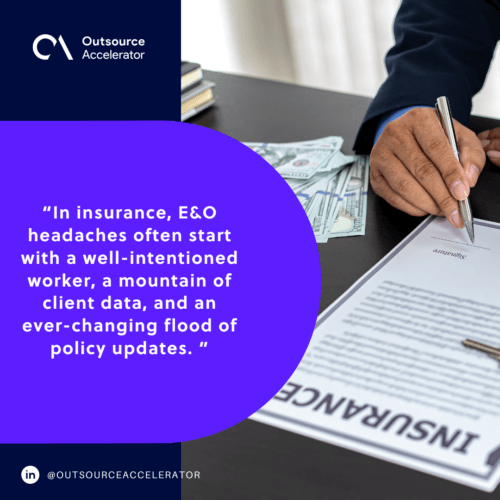
In a real-world example, an insurance team handling regional auto policies thought they’d nailed process compliance.
But a single misclassification went unnoticed for nearly a year. Audit day arrived, and suddenly, every connected case was under the microscope. What started small turned into hours spent digging, rechecking, and eventually, writing checks.
Compliance: Why does it feel like a moving target?
Ask anyone managing compliance. Chances are, they’ll groan about guidelines that keep shifting, or the never-ending quest to align internal processes with laws that change faster than the training docs can keep up.
There’s always pressure to streamline, but the puzzle pieces don’t always fit. Here’s what tends to complicate the landscape:
- Regulations that update overnight, differing wildly by state, country, or even product line. Miss a change, and exposure spikes.
- Fraud detection expectations are now sky-high. Carriers can’t just spot obvious tricks, they’re expected to catch clever, coordinated attempts using advanced analytics.
- Reporting isn’t just quarterly anymore, and every compliance slip can mean fines or restrictions. Teams rush to pull together every scrap of data, sometimes at the cost of accuracy.
- Budgets are not getting bigger. Teams juggle staying compliant and productive, when push comes to shove, one often suffers.
It’s not just abstract stress; it’s real cost. A medium-sized insurer recently spent six weeks cleaning up after a failed compliance review, all because their audit trail was split between old emails and a system that couldn’t generate automated insurance compliance reporting promptly.
How AI and automation change the game for compliance
Insurance isn’t anti-technology, but let’s be honest, adoption has lagged behind other industries.
That’s shifting, for a reason. AI and insurance compliance automation have started cutting through the fog, making compliance less panic-driven and more proactive.
What does this actually look like in practice?
- Instead of rooting through emails and paper files, insurers rely on AI-driven insurance audits that build an unbreakable record, right down to who touched a file and when. If a regulator shows up, every step is time-stamped and auditable.
- Predictive risk tools spot trouble before it blows up. For example, subtle patterns in claims or policy changes raise red flags, and compliance teams can step in early, saving time and money.
- AI compliance solutions offer supervised workflows, not just automated boxes to check. They can compare rules, monitor changes, and alert teams if something looks out of line.
- Insurance claims automation tools can cross-reference regulatory rulebooks, so a payout isn’t just fast, it’s compliant with the latest law, every single time.
- All of this ties into insurance audit automation solutions, streamlining everything so that only outliers (not every routine case) land on the human team’s desk.
Are AI compliance tools really worthwhile?
| KPI or Factor
| Upsides
| Downsides
|
| Audit Trails & Insurance Reporting
| Super easy to defend processes in audits; saves manpower
| Learning curve, and upgrades can get pricey
|
| Automated Claims Processes
| Reduces costly repeat errors, faster response to clients
| Algorithms sometimes flag things that need manual eyes
|
| Insurance Fraud Detection
| Finds complex fraud patterns, even new ones
| False positives can clog up the review queue
|
| Risk Management in Insurance
| Early warnings help avoid disasters
| Quality of data really matters
|
| Overall Team Efficiency
| Less burnout, more energy for tough cases
| Some resist change or worry about losing control
|
It’s not magic, there’s still the risk of missing something, or needing a human to address nuanced scenarios. But for companies whose compliance headaches used to keep them up at night, the relief is real.
The tools: AI’s new companion for insurance
No shortage of tools compete for attention, promising everything from insurance fraud detection to end-to-end insurance claims automation. What sets the practical stuff apart is what actually helps real teams:
- Natural Language Processors (NLP) that sift through giant stacks of documents, like policy wording or emails, and highlight discrepancies, with explanations.
- Robotic Process Automation (RPA) bots that hustle through redundant work, leaving actual people to handle relationship-driven or tricky issues.
- Risk detection algorithms that comb through current and historical records, nudging compliance folks when something doesn’t fit the usual mold.
- Interactive dashboards connecting data points, no more merging spreadsheets at midnight just to prep for a board review.
- Full-funnel digital marketing strategy tools geared to the insurance niche enable seamless compliance messaging across channels, helping agencies nurture leads while staying on the right side of the law.
Agencies that lean into these solutions quickly discover that their compliance meetings shift from scrambling to explaining.
And the search for trustworthy partners gets easier, choose the right digital marketing outsourcing partner, and you’re halfway there.
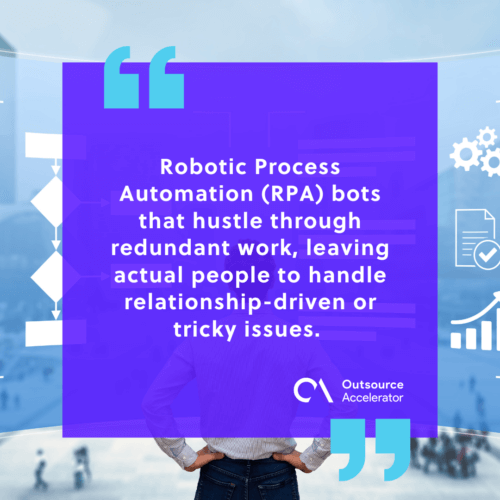
Why outsourcing transforms compliance hassles into wins
Building every tool internally? Not always realistic. Especially for small to medium firms that can’t afford dedicated compliance tech teams.
Outsourcing, when done right, is a fast-track to peace of mind. The trick is to avoid cookie-cutter solutions and instead, look for a partner with deep insurance know-how, a knack for compliance, and a focus on transparency.
- External partners often bring plug-and-play AI compliance solutions, already battle-tested and refined to meet strict standards.
- For teams stretched thin, outsourcing lets compliance pros focus on the big calls, while seasoned experts monitor for flags and craft those crucial insurance audit automation solutions that impress during audits.
- As regulations evolve, the best partners keep their tech current so insurers don’t get caught with outdated workflows or dangerous blind spots.
- Perhaps most of all, choosing the right digital marketing outsourcing partner means there’s less stress on the home office, less burnout, lower E&O exposure, and more energy for growth and client relationships.
Outsourcing isn’t about giving up the wheel; it’s about having a trusty copilot.
Bringing it all together: E&O won’t wait
Errors and omissions are practically a rite of passage in insurance. They happen when work gets messy, systems lag behind, and the pace of regulatory change beats the pace of training.
But the tide’s turned. AI in insurance compliance, insurance claims automation, full-funnel digital marketing strategy, and picking the right support, whether internal or external, have made it possible to sidestep the worst pitfalls.
So, when looking ahead, it’s no longer enough to just hope all files are in order or cross fingers on audit day.
Automation, real-time risk alerts, clear documentation, and smart partnerships offer a new way forward. And that’s a future where less time is spent firefighting, and more on serving clients and building a company’s reputation.
For those wondering where to start, or how to scale up, consider reaching out to the right outsourcing partner. Sometimes, the difference between a near-miss and solid compliance defense comes down to having the right help at the right time. Why risk it?

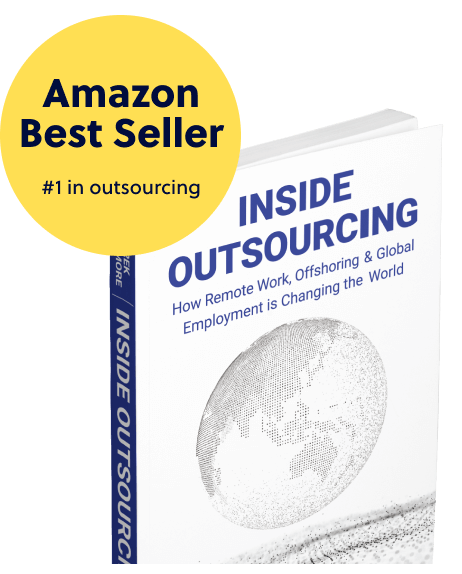


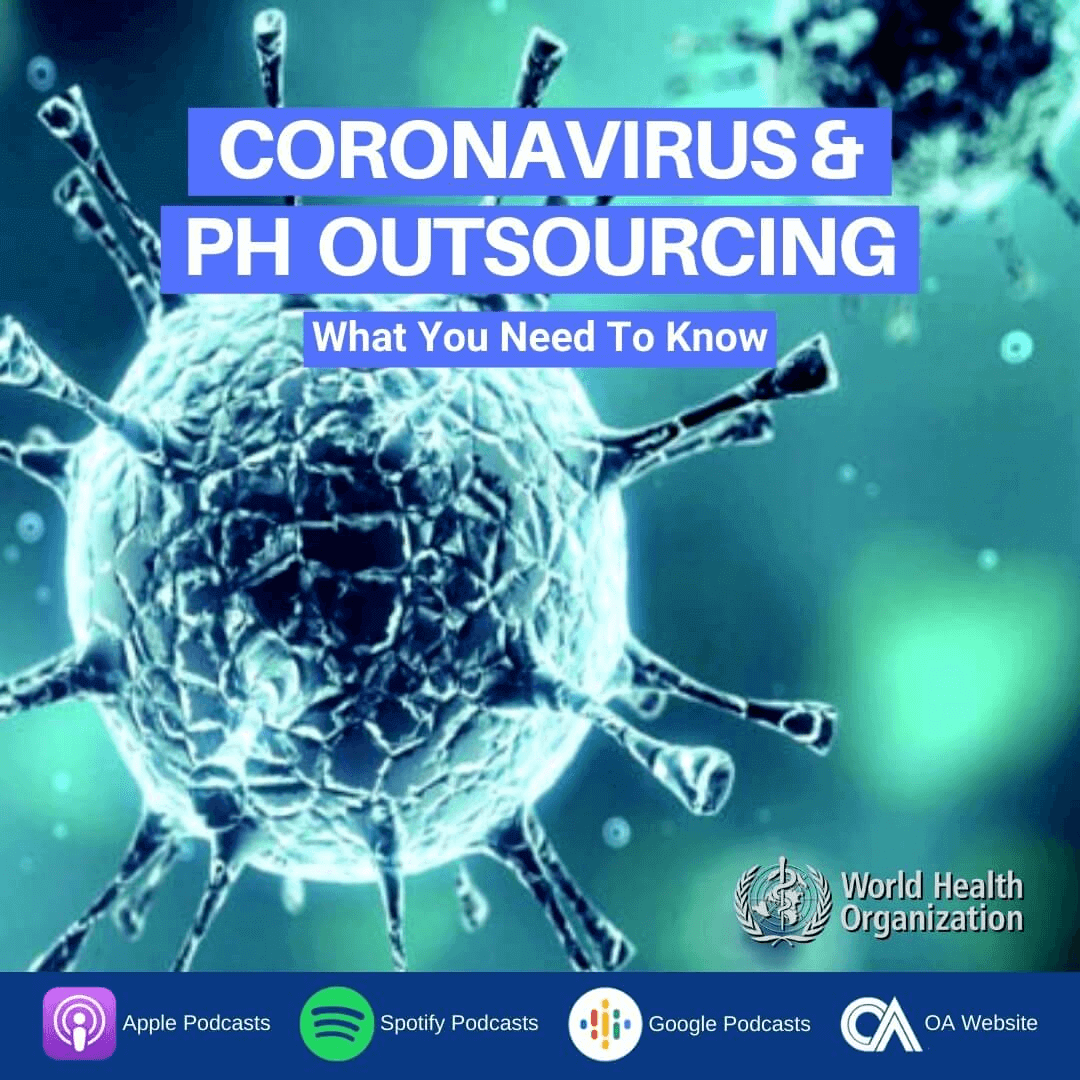


 Independent
Independent




